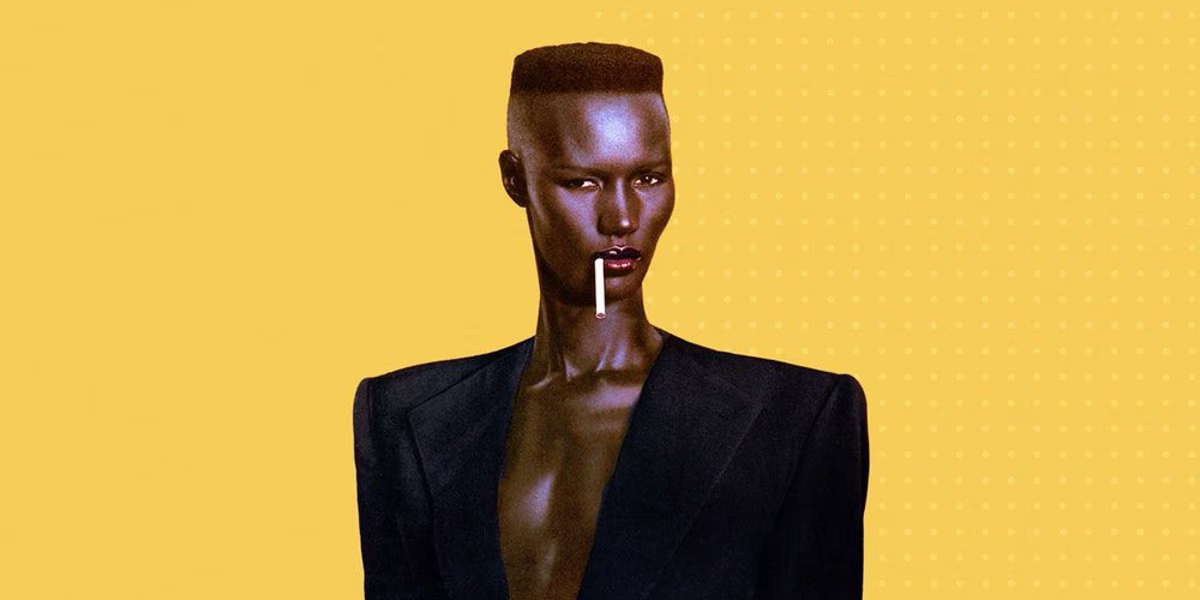“Crying is not a weakness. It’s something that should be able to work for you. It should also be a strength. I think if you can cry when you feel like crying it’s a strength. If you feel like crying and you can’t cry, that’s a weakness.” — Grace Jones
Grace Jones is more than just a name—she’s an era, a movement, a force of nature. Born in Jamaica and raised in the U.S., Jones has defied every box the world tried to put her in. Model, actress, singer, performance artist—she has been all of them, yet never just one.
With her androgynous style, sculpted cheekbones, and commanding presence, Grace Jones redefined beauty and gender in the 1970s and ’80s. She could be masculine, feminine, or something in between—whatever she wanted, whenever she wanted. One moment, she was a high-fashion muse gracing the covers of Vogue and Elle; the next, she was a fierce, otherworldly performer, blending disco, reggae, and new wave into music that still sounds ahead of its time.
In film, she was unforgettable. Whether playing the lethal May Day in A View to a Kill or the wild, untamed Strangé in Boomerang, Jones was never just another actress—she was the moment. Her presence was magnetic, her energy unpredictable.
So, who is Grace Jones? The answer is simple: she is whoever she decides to be. A rebel. A pioneer. A living piece of art. And above all, a legend.


